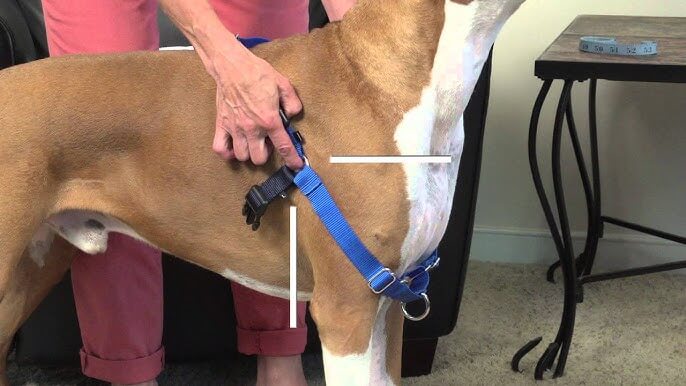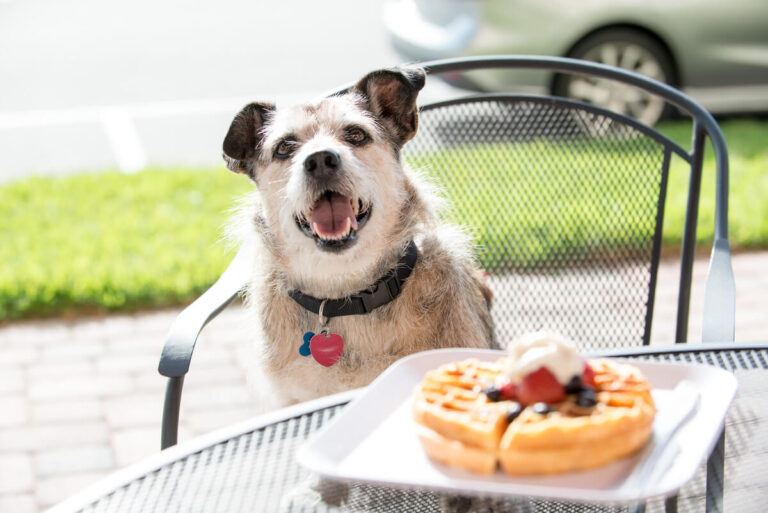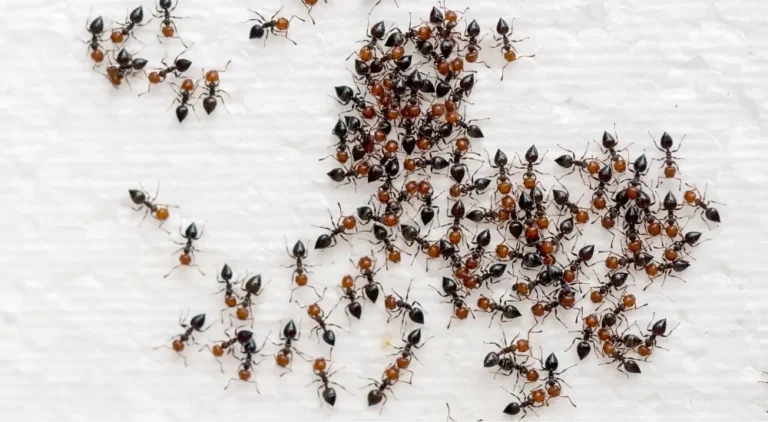How to Properly Fit a Dog Harness: A Step-by-Step Guide
Ensuring your dog’s harness fits properly is crucial for their comfort, safety, and well-being. A well-fitted harness distributes pressure evenly across your dog’s body, preventing injuries and making walks more enjoyable for both of you. This guide will walk you through the process of fitting a dog harness correctly.
Contents
- 1 Understanding the Importance of a Properly Fitted Harness
- 2 Step-by-Step Guide to Fitting a Dog Harness
- 3 Tips for a Positive Harness Experience
- 4 Conclusion
Understanding the Importance of a Properly Fitted Harness
Why a Proper Fit Matters
A poorly fitted harness can cause chafing, restrict movement, and even lead to serious injuries. On the other hand, a properly fitted harness provides support without causing discomfort. It ensures your dog can move freely while giving you control during walks.
Types of Dog Harnesses
Before you begin fitting a harness, it’s essential to understand the different types available. Common types include:
- Back-clip harness: Best for small dogs and those who don’t pull.
- Front-clip harness: Helps control dogs that pull by redirecting their attention.
- Dual-clip harness: Offers versatility with both front and back clips.
- Step-in harness: Easy to put on, especially for dogs that don’t like things going over their heads.
Step-by-Step Guide to Fitting a Dog Harness
Step 1: Measure Your Dog
Before purchasing a harness, you need to measure your dog accurately.
Measuring the Chest
- Use a flexible measuring tape.
- Measure the widest part of your dog’s chest, just behind the front legs.
- Ensure the tape is snug but not tight.
Measuring the Neck
- Measure around the base of your dog’s neck where it’s thickest.
- Avoid measuring too high up near the head.
Step 2: Choose the Right Harness
Based on the measurements, choose a harness that matches your dog’s size. Most harnesses come with size charts that correlate chest and neck measurements to size categories like small, medium, and large.
Step 3: Adjust the Harness
Once you have the harness, adjust it to fit your dog.
Initial Fitting
- Loosen all the straps before putting the harness on your dog.
- Place the harness over your dog’s head or have them step into it, depending on the type.
- Fasten any clips or buckles.
Adjusting Straps
- Adjust the neck strap first. It should be snug but allow two fingers to fit between the strap and your dog’s neck.
- Adjust the chest strap next. Ensure it’s not too tight. You should be able to fit two fingers between the strap and your dog’s body.
- Check the fit by ensuring the harness doesn’t rub or chafe. Your dog should be able to move freely.
Step 4: Check for Proper Fit
Movement and Comfort
- Observe your dog moving around. The harness should stay in place without shifting.
- Check for signs of discomfort, such as rubbing, chafing, or restricted movement.
Safety Check
- Ensure all buckles and straps are secure.
- Check for any signs of wear or damage that might compromise the harness’s integrity.
Step 5: Regular Adjustments and Checks
Dogs grow and change, so it’s essential to regularly check the fit of the harness.
Regular Adjustments
- Re-measure your dog every few months.
- Adjust the harness accordingly to accommodate any growth or changes in size.
Routine Inspections
- Inspect the harness regularly for signs of wear and tear.
- Replace the harness if it becomes damaged or if your dog outgrows it.
Tips for a Positive Harness Experience
Introduce the Harness Slowly
If your dog is new to wearing a harness, introduce it gradually. Let them sniff and explore the harness before putting it on. Use treats and praise to create a positive association.
Make Harnessing a Routine
Incorporate harnessing into your daily routine. Consistency helps your dog become accustomed to wearing it.
Addressing Common Issues
Chewing
If your dog chews the harness, distract them with a toy or treat. Ensure the harness is made of durable material to withstand chewing.
Resistance
If your dog resists wearing the harness, take it slow. Reward them with treats and gradually increase the time they wear it until they become comfortable.
Conclusion
Properly fitting a dog harness is vital for your pet’s comfort and safety. By following this step-by-step guide, you can ensure your dog’s harness fits correctly, allowing for enjoyable and secure walks. Regularly check and adjust the harness to accommodate your dog’s growth and changes, and remember to make harnessing a positive experience. Happy walking!
- Golden Retriever Pros and Cons: What Every Pet Parent Should Know - 15 September 2025
- Cane Corso Dog Breed: Health, Care, and Lifespan - 14 September 2025
- Catahoula Leopard Dogs: Description, Temperament, Lifespan, & Facts - 21 July 2025







